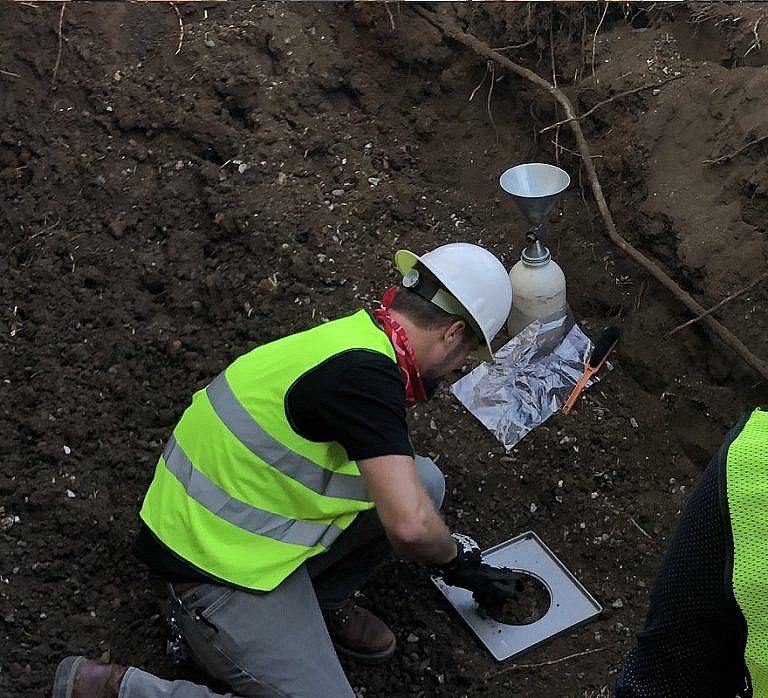Liquefaction
Liquefaction: Liquefaction is the process by which there is: (1) a sudden and significant decrease of shear resistance in a soil sample (cohesion-less); (2) a sudden (but temporary) increase of the pore-water pressure of a substance; and (3) a solid mass of soil that is transformed into a fluid state mass. In the event of liquefaction, the change in shear resistance is caused by the unfolding of the structure. Liquefaction studies commonly apply to the seismology, engineering geology, and geotechnical branches of geology.
Liquefaction Hazards in Land Development
The depth in which the occurrence of liquefaction may impact surface improvements is generally the upper 50 feet below ground surface. Liquefaction is the loss of strength and cohesion in soil when saturated, and when the pore-water pressure becomes equal to (or exceeds) overburden pressure, as a result of a seismic event. The geological factors that influence liquefaction include the depth to groundwater, types of soil, the relative density of soil, initial confining pressure, and the intensity of seismic activity.


